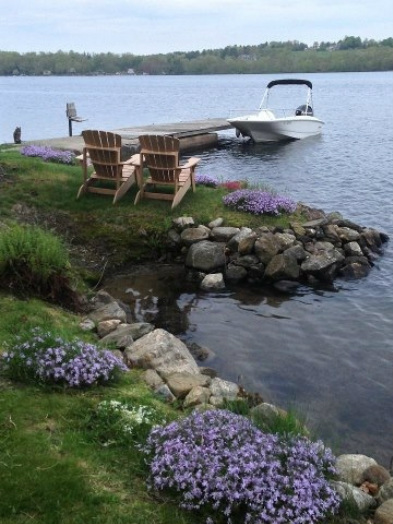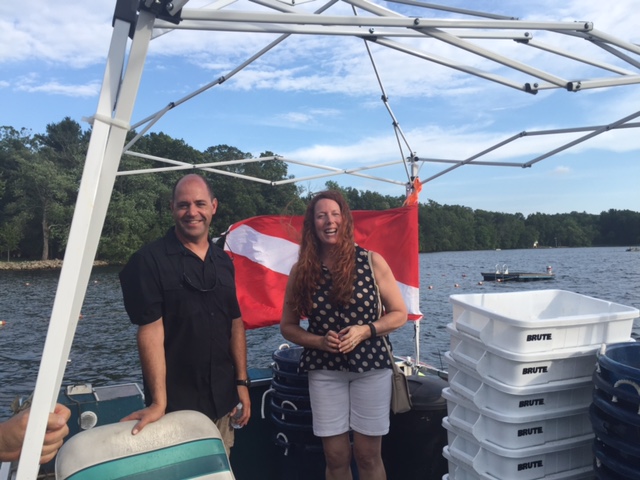About
Establishment of
|
The Importance of Lake Associations
We are indebted to two organizations: Friends of Lake Quassapaug and the Lake Quassapaug Sportsmens Club for their work in the 1980s to preserve the quality of Lake Quassapaug after concerns were raised about the growth of algae in the lake. Friends of Lake Quassapaug raised funds and hired Ecosystem Management to complete a study of the lake water quality, fisheries and invasive weeds. Growth in algae is a sign of increased phosphorus and/or decreased zooplankton that eat the algae.
The 1980s study determined that the State of Connecticut’s decision in the 1960s to stock Lake Quassapaug with 600 alewives in order to provide food for trout had unintended negative consequences. Over the years, the alewives had multiplied by the thousands and depleted the zooplankton, their primary food, in the lake resulting in more algae blooms and “green water” particularly in August. The Lake Quassapaug Sportsmens Club stepped in and agreed to substantially increase the annual stocking of trout to reduce the alewife population. The result has been a significant reduction in algae, improved water clarity and an excellent water quality rating by the State of Connecticut for the lake in 2011. |


